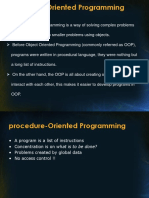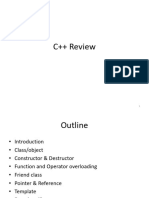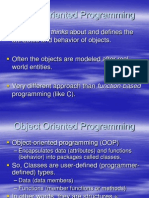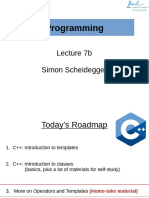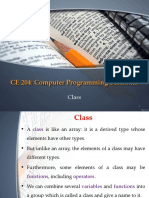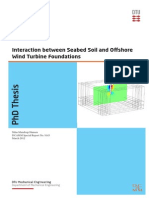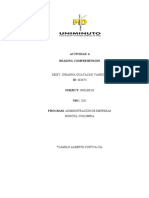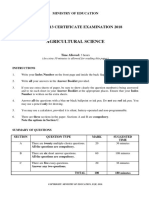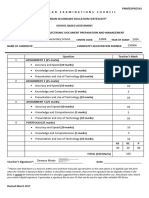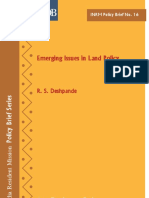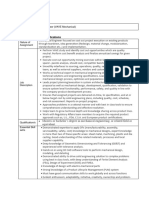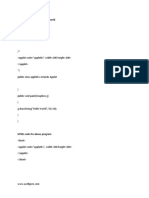0% found this document useful (0 votes)
32 views70 pagesDownloadClassSessionFile 8
The document discusses classes in C++. It begins by explaining that classes represent the basic building blocks of C++ and combine data and functions. Classes allow data and related functions to be permanently associated. Inheritance is described as allowing a class to inherit behaviors from another class and redefine functions as needed. The document then covers declaring classes using the class keyword, and describes public, private, and protected access specifiers. Constructors and destructors are introduced as automatic functions for initializing and cleaning up class objects. Pointers are discussed as allowing dynamic memory allocation.
Uploaded by
snn8hddmmxCopyright
© © All Rights Reserved
We take content rights seriously. If you suspect this is your content, claim it here.
Available Formats
Download as PPTX, PDF, TXT or read online on Scribd
0% found this document useful (0 votes)
32 views70 pagesDownloadClassSessionFile 8
The document discusses classes in C++. It begins by explaining that classes represent the basic building blocks of C++ and combine data and functions. Classes allow data and related functions to be permanently associated. Inheritance is described as allowing a class to inherit behaviors from another class and redefine functions as needed. The document then covers declaring classes using the class keyword, and describes public, private, and protected access specifiers. Constructors and destructors are introduced as automatic functions for initializing and cleaning up class objects. Pointers are discussed as allowing dynamic memory allocation.
Uploaded by
snn8hddmmxCopyright
© © All Rights Reserved
We take content rights seriously. If you suspect this is your content, claim it here.
Available Formats
Download as PPTX, PDF, TXT or read online on Scribd
/ 70





